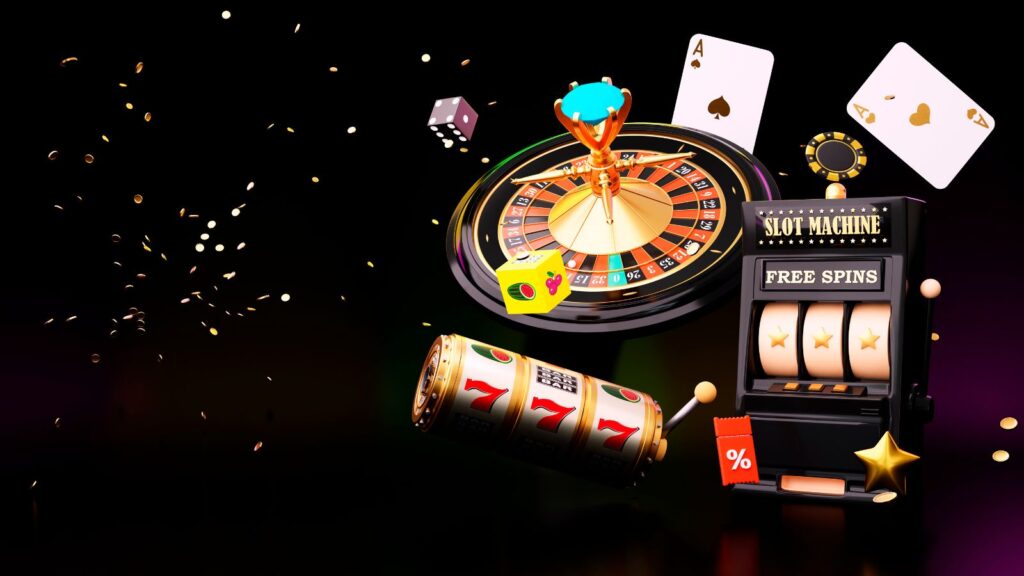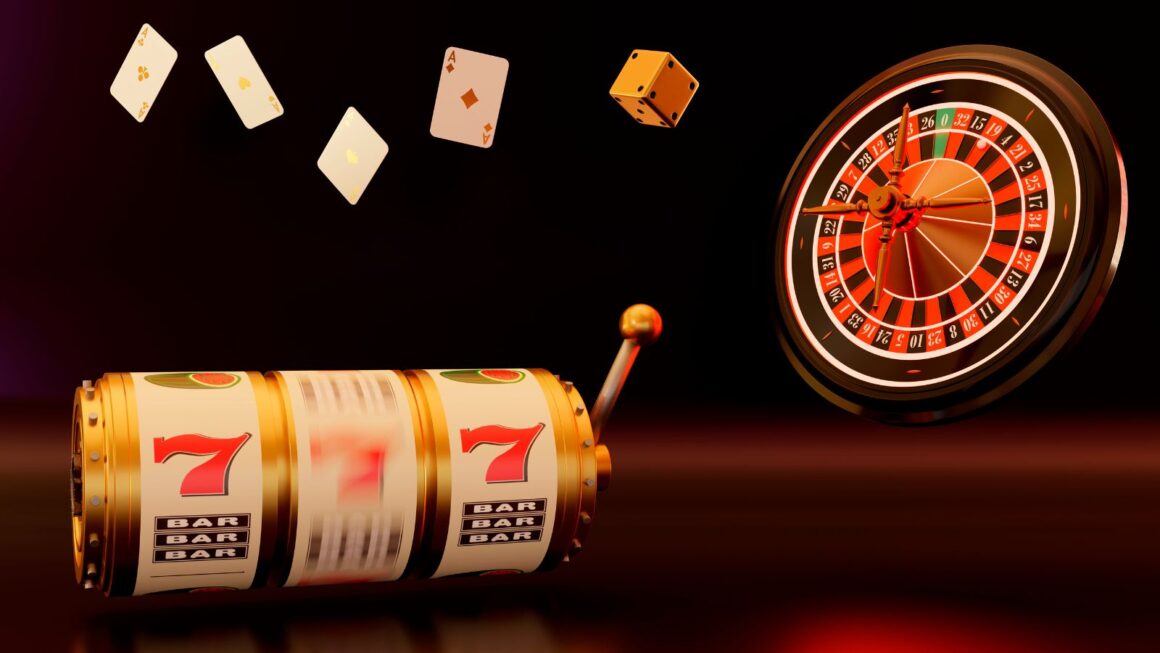High Low Game: A Practical Guide to Rules, Strategy, and Variations

What is the High Low Game? An Introduction to Simple Fun
At its core, the high low game is a classic guessing challenge built on a simple, engaging premise: will the next number be higher or lower? This fundamental appeal makes it a durable favorite, from casual family game nights to the fast-paced digital formats seen online. Its straightforward nature provides immediate entertainment without a steep learning curve, explaining its popularity in social settings and as a quick online game, such as the version at gamdom.com. The game’s blend of luck and light strategy contributes to its broad appeal.
The Classic Version: High Low Card Game Rules
The most common version uses a standard 52-card deck and is incredibly easy to learn. The player’s objective is to correctly predict if the next card drawn will have a value higher or lower than the one currently showing.
The game begins with a dealer shuffling the deck and placing one card face-up. Card ranks are standard, with Jack, Queen, and King ranking in ascending order above the 10. A crucial point to agree on before playing is the value of the Ace, which can be treated as either the lowest (1) or highest (14) card. This common “house rule” can significantly change the game’s odds.
How to Play High Low: A Step-by-Step Guide
A typical round unfolds in a few simple steps, making it easy for anyone to join in.
- The dealer reveals a single “base” card from the top of the deck.
- The active player observes the card and makes their prediction: “higher” or “lower.”
- The dealer turns over the next card from the deck.
- If the player’s guess is correct, they win the round. If incorrect, their turn ends. In many variations, if the next card is the same rank, it is considered a “push,” and the turn ends without a loss.
A Simple Strategy for Making Better Guesses
While High Low is primarily a game of chance, you can improve your odds by applying basic probability. A simple yet effective strategy involves considering the card you see and the remaining possibilities in the deck.

For example, if the face-up card is a 3, there are significantly more cards with a higher value, making “higher” a statistically sound guess. Conversely, if a Queen is showing, the odds are strongly in your favor to guess “lower.” The real challenge comes with middle cards like 7, 8, or 9. With these cards, the chances are nearly even, and the decision requires more risk assessment.
Exploring Popular High Low Game Variations
The game’s adaptable concept has led to many formats, each adding a unique twist to the core rules.
The High Low Drinking Game
A popular version at parties, this variation follows the standard rules, but a wrong guess carries a social penalty. Instead of just losing a turn, the player who guesses incorrectly has to take a drink, adding a lighthearted consequence to the game.
The High Low Dice Game
This variation swaps cards for dice, usually a pair. An initial roll sets the starting number (the sum of the two dice). The next player then wagers on whether the total of the following roll will be higher or lower than the previous one.
High Low in Poker
In the poker world, “high-low” or “Hi-Lo” refers to split-pot games like Omaha Hi-Lo. Here, the pot is divided between the player with the best traditional high hand and the player with the best qualifying “low” hand (typically five different cards ranked 8 or lower). This adds a deep layer of strategy, as players must build hands that can potentially compete for both halves of the pot.

 How Online Blackjack Combines Strategy, Design, and Modern Technology
How Online Blackjack Combines Strategy, Design, and Modern Technology  From Code to Conversion: How Smart Web Design Drives Business Growth
From Code to Conversion: How Smart Web Design Drives Business Growth  From Slots to Live Dealers: The Best Game Types to Try at Crypto Casinos
From Slots to Live Dealers: The Best Game Types to Try at Crypto Casinos